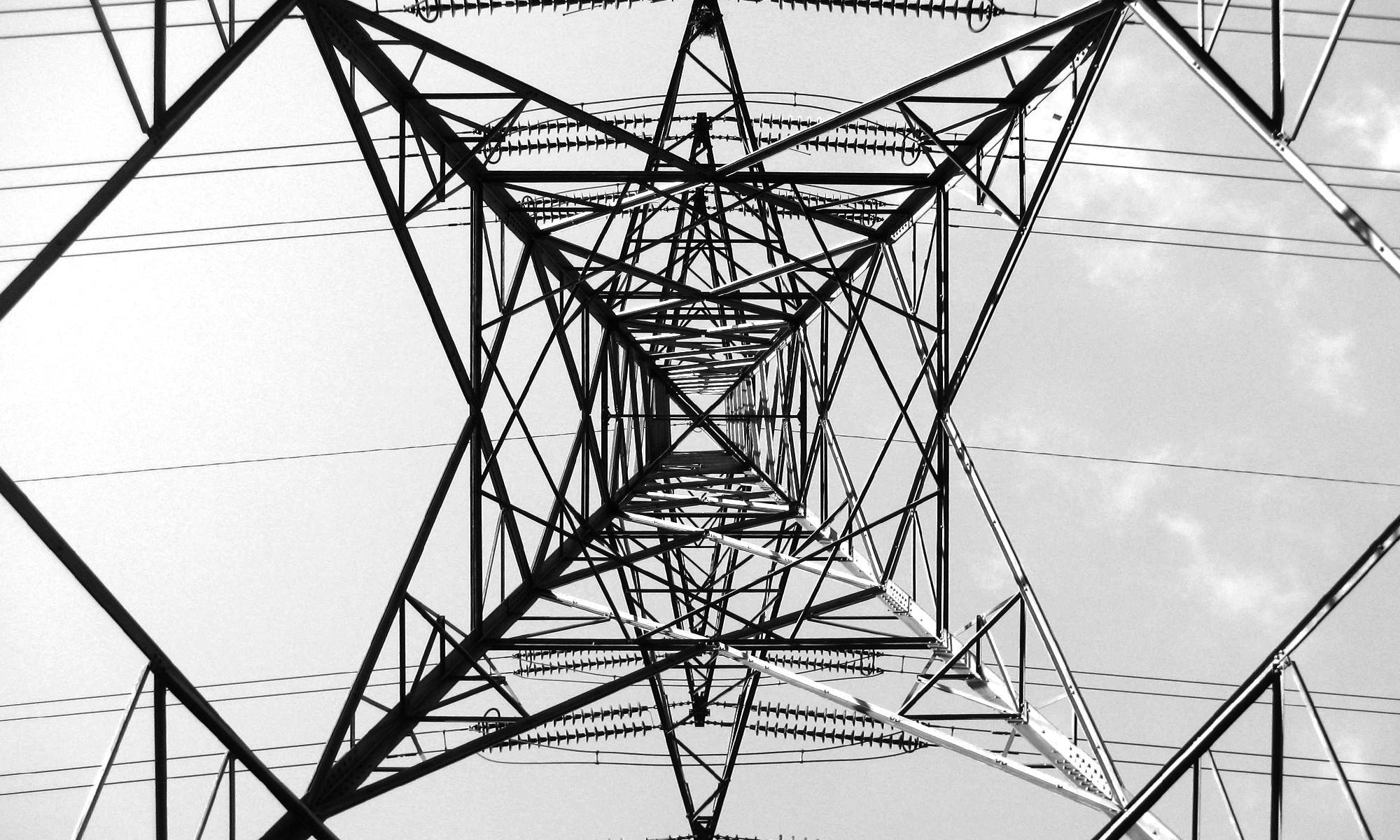Steadily and surely, over the past 20 years, there has been a significant decline in trained mammographers leaving a shortage of mammographers in the UK.
Who are Mammographers?
Mammographers are trained radiographers who specialize in breast imaging. Because of the intimate nature of the positioning of breast tissue the speciality is exempt from the sex discrimination laws and consequently only female radiographers can apply for these positions.
Why Do we need them?
The high number of incidents of breast cancer in the UK lead to the introduction of the NHS Breast Screening service in the 1980’s. This service requires a high number of trained mammographers to work independently in the community often with no security and little facilities such as running water and toilets.
The NHS breast screening service requires two radiographers to screen a minimum of 40 women a day on mobile units which quickly run low and empty of running water. They do not have toilets and Mammographers are expected to use public facilities which can often be less than sanitary and some distance from the van.
What are the issues?
Female radiographers who enter the NHS Breast screening service often have to give up other skills they have learnt as a radiographer and pass an intensive post graduate certificate in breast imaging. This can take over a year depending on when they were recruited and the time of the course starting. Because of the high volumes of women who need to be screened, every woman from 50 to 70 years of age registered with a GP, many Mammographers suffer work related injuries to their shoulders.
From this perspective is it any wonder that there is a shortage? On the agenda for change pay scale a qualified mammographer was banded a tier 7 which starts at £31,383 and over annual increments rises to £41,373. With the extra learning and leaving your current skills behind this might make mammography appealing to some radiographers. Radiographers where also enticed to join the profession as they would train at band 6 a tier lower. This helped attract experienced radiographers to the profession.
However, over the past 20 years the profession has been down graded and radiographers are now expected to train at band 5, the same banding as a newly qualified radiographer. Many female radiographers would have been promoted to band 6 in other more departmental specialities such as CT and MRI quite quickly so mammography training wouldn’t be something they would consider. Mammography is almost always located remotely from the main department and is very rarely integrated.
With over half the mammography workforce due to retire in the next five years the NHS is now panic stricken and will undoubtedly not give pay as a reason for the lack of recruitment to this part of the radiography profession. Bad working conditions and very little room for career progression is at the crux of this scenario. Offering a band 5 salary to an already qualified and experienced radiographer is disgusting. Salary is and will be the main reason for the shortage of mammographers how this is dealt with by the department of health will be interesting. Watch this space!

